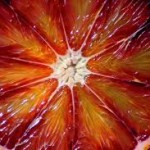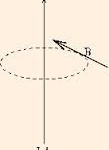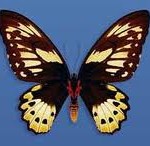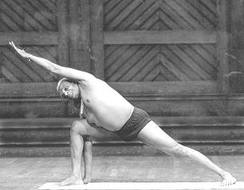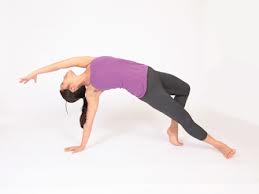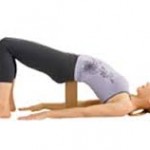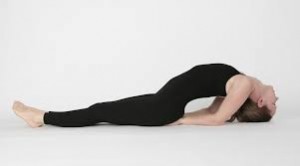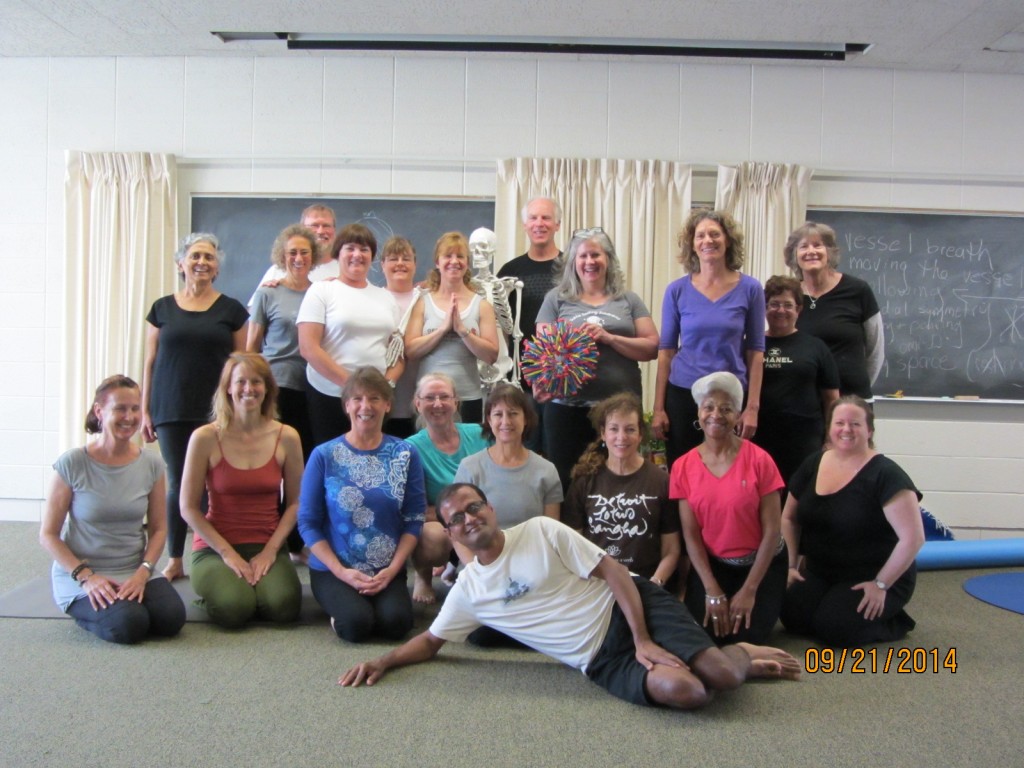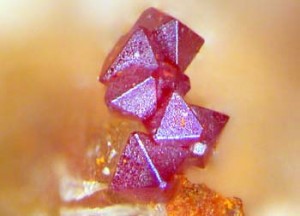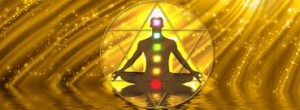Theme of Weekend 8: Embryology for Yoga Students:
embodying the earliest days of embryological growth and development
as a yoga practice/meditation.
Out of the infinite, luminous emptiness of the present moment arises the entire cosmos, in a mind boggling multiplicity of forms. The forms to explore today are the echos of our embryological past, still emerging, available when we can be still and feel our inner depths.
Some general principles for contemplation:
1. Embryology for yogis is an investigations of the emegence and transformation of forms through fluid dynamics.
2. The morphology of the embryo is present in the adult human as possibilities of deeper integration.
3. Structures and cavities appear and disappear through time during development.
4. Growth is movement!
5. Not all cells grow/divide at the same rate. This leads to changes in both shape and function.
6. Cells grow by contact along lines of energy, like ants following a chemical trail.
7. Membranes and fluids are primary.
8. The first major differentiation of cells, known as gastrulation, gives rise to three primary types of tissue. The endodermal cells become the gut body, the mesodermal cells become connective tissue structures including the heart, and the ectodermal cells become the nervous system. Most of our explorations will be here. (See day 12 in the diagram below.)
Week 1: Conception, spherical energy: rolling, falling, tumbling, dividing, condensing, hatching, hollowing, fluidity, freedom.
Practice: Rolling and Pouring, from “How Life Moves” to find omni-directional freedom, felt sense of weight, rotation/spinning in relaxed, supported, quiet environment. This is a very internal, meditative state. Savasana or other restorative poses can take us here as well.
Week 2: Implantation; landing, attaching, making connections, establishing roots.
Practice: Making a connection with floor or wall, feel how a new level of stability allows more types of growth and movement. Attach yourself in one place and allow everywhere else freedom to move. Now we are moving outside ourselves to find support from the world around us. It is a more extroverted state, discovering the ‘other’.
Week 2: Gastrulation: differentiating into front, back and middle; expanding, differential growth. This is a huge shift in perception/awareness as the biological intelligence now differentiates into three modes of being/action/perception.
Practice: Explore each of these three places and modes of being before they complexify and differentiate more completely. This can be done in any pose, as all embryological moments are available at any time, as fields waiting for imagination to re-ignite them. However, new students may want to stay on the floor where you can safely surrender to gravity and feel the awakening of the fluids and membranes. The fluid filled cavities carry nutrients, sound waves, and waves of movement.
Front body as:
Endoderm – yolk sac space- nurturing – gut body, eventually to become upper, middle and lower GI track; Feel the deep support of the yolk sac before it is drawn into the body and elongated. Feel it as expansive, soft, full. Kapha in Ayurveda.
Back body as:
Ectoderm – amnion to become amniotic sac, and primitive nervous system – brain – sense organs – skin; Feel the deep support of the amniotic cavity before in encircles you, before the middle emerges as mesoderm. Feel the wide sensitivity of the future skin/brain/nerves. Vata in Ayurveda.
Middle body as:
Mesoderm: mediator; grows out from middle – all connective tissues, muscles, bones, ligaments, fascia, heart, kidneys and eventually limbs. Pitta in Ayurveda. Find the middle ground as place of balance in all planes and movements.
Week 3: Yolk sac drawn into body as amnion grows around to complete sphere. Deepening the roots. The three layers begin there next level of differentiation. The ectoderm enlarges to become the neural plate and then the neural crest and neural tube. The neural tube will later become spinal cord and various sections of the brain. Mesoderm shows beginning of head and tail, heart. Bones and muscles will emerge. Endoderm begins lengthen to mouth and anus. Lungs, intestines and bladder will emerge.
Practice 1: Gut body; Hu breath or Vessel breath to active gut body – hollow tubular fluid consciousness. Wake up the fluids and feel the shifts in pressure as the fluids rebound around inside the membranes containing them.
Practice 2: Emergence of the Mesoderm: Lying on your back, feel the entire floor as your back body/ectoderm and amnion; the ceiling and space above you as your front body/endoderm/yolk sac. Take this into your cells so that all the cells behind your median plane become the ectoderm and all the cells in front become the endoderm. Now imagine the emerging of a middle layer growing along the interphase between endo and ectoderms. This is the median plane feel it spreading sideways and also lengthening to head and tail. Finally find arm buds, leg buds, head and tail emerging.
Practice 3: Coiling and Uncoiling: Rolling onto your side, use the mesoderm to begin to ‘coil up’ to come into a fetal position Keep the back long and feel the yolk sac being drawn into the body as you curl. Now, again from the mesoderm, begin to uncoil, extending through head and tail as you feel the gut body lengthening, carrying the spinal column into a mild back bend. Slowly and mindfully repeat this coiling and uncoiling. Bonnie Cohen calls this physiological flexion and extension as it is driven by the gut body action.
Practice 1: Bring any of these explorations into any yoga pose or sequence of poses. Find where there deep inner movements and fluid waves can support you so there is less ‘muscling’ and more surrender in the poses.
Awakening Practice: Introduction to the Bhagavad Gita
The ‘Mahavakyas’ are four (or seven) sacred phrases for contemplation that appear in the Upanishads. One of them, tat tvam asi, is from the Chandogya Upanishad and is an instruction from a guru to a disciple. She is telling the student; That Brahman, that undivided wholeness we have been discussing is ‘you’.
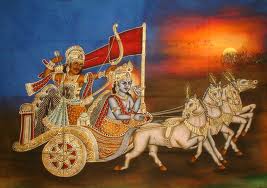 The Bhagavd Gita, Krishna teaching Arjuna, takes 18 chapters to unfold the wisdom of this one statement. Chapters 1 – 6 are about Arjuna, the disciple. They are about all seekers of spiritual wisdom who may be confused by the teachings. Chapters 7- 12 are about Brahman, the unbroken wholeness, as represented by Krishna. Arjuna at first sees Krishna in his human form as his charioteer. As Krishna gradually reveals more and more Arjuna gets a bit overwhelmed. Chapters 13 – 18, unfold the equivalence. Arjuna is Brahman.
The Bhagavd Gita, Krishna teaching Arjuna, takes 18 chapters to unfold the wisdom of this one statement. Chapters 1 – 6 are about Arjuna, the disciple. They are about all seekers of spiritual wisdom who may be confused by the teachings. Chapters 7- 12 are about Brahman, the unbroken wholeness, as represented by Krishna. Arjuna at first sees Krishna in his human form as his charioteer. As Krishna gradually reveals more and more Arjuna gets a bit overwhelmed. Chapters 13 – 18, unfold the equivalence. Arjuna is Brahman.


